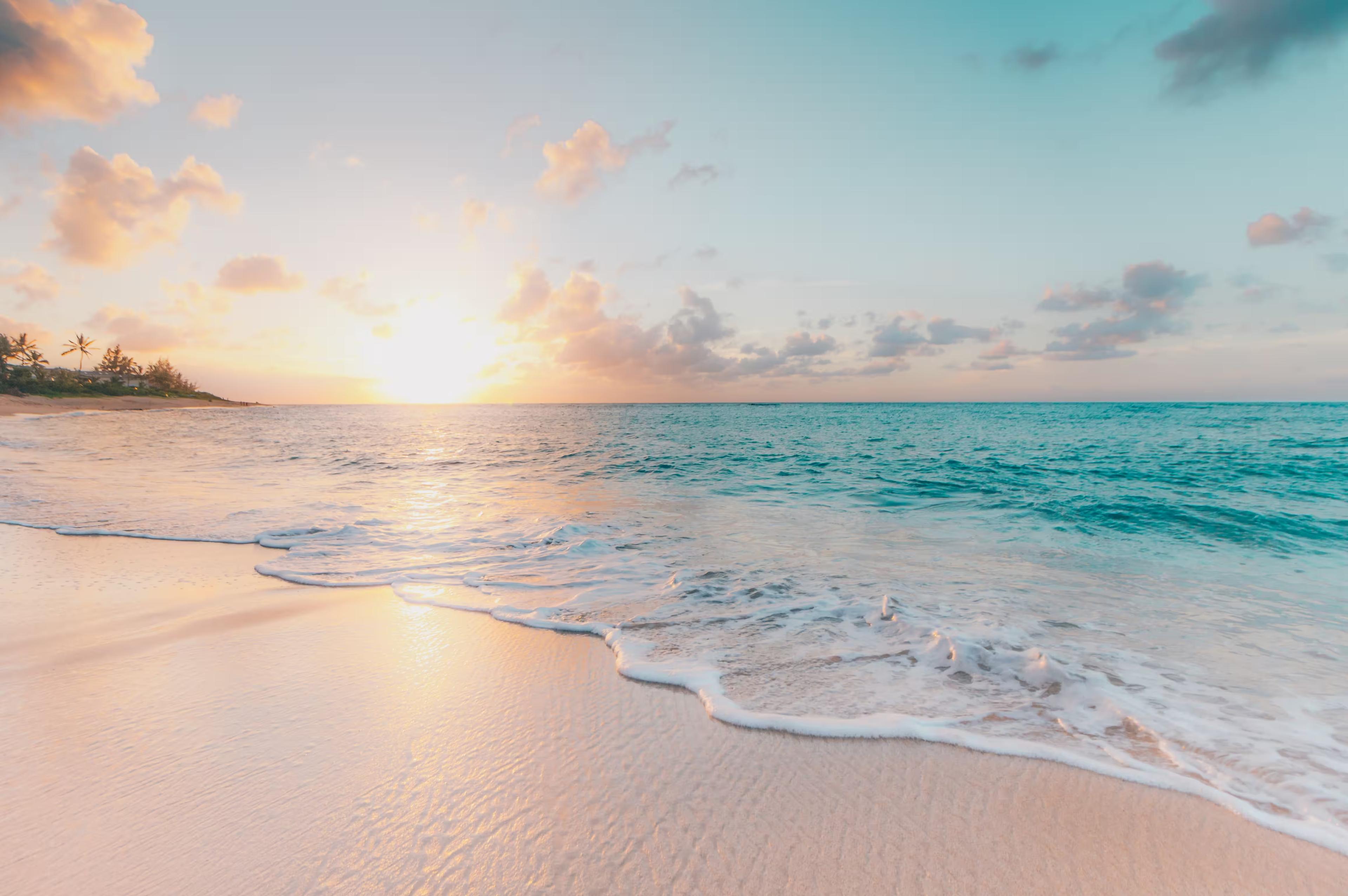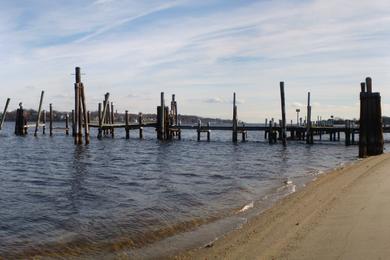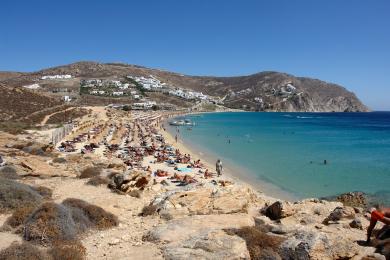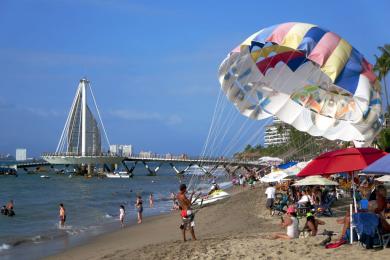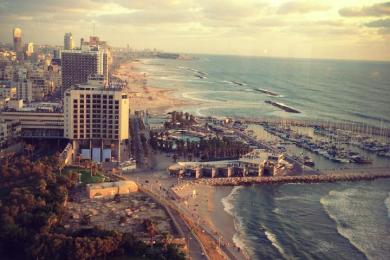Top LGBTQ Beaches in Hana, Hawaii
Located on the island of Maui, Waiʻānapanapa State Park is a beautiful oceanfront state park that has multiple unnamed black sand and pebbly beaches. The main beach in Waiʻānapanapa State Park is known as Black Sand Beach and it is also known as Honokalani Beach, and Pa‘iloa Beach. Black Sand Beach was listed by the travel website TripSavvy as one of the world’s best black sand beaches, and Waiʻānapanapa State Park/ Black Sand Beach has been named the 29th Best Beach in the Top 50 Beaches in the United States list in 2022 by Randall Kaplan, the world’s foremost beach expert who is known as "Mr. Beach." The black sand found on Waiʻānapanapa State Park’s beaches is formed from weathered lava fragments and igneous rocks – these black-colored rocks turn into sand due to erosion by wind and water over thousands of years. The beaches in Waiʻānapanapa State Park are present near dense forests. As an interesting fact, the name of the state park means "glistening water" in the Hawaiian language. Many sea cliffs are present near the beaches in Waiʻānapanapa State Park. In addition, a rock arch is also present in the water near Waiʻānapanapa State Park.
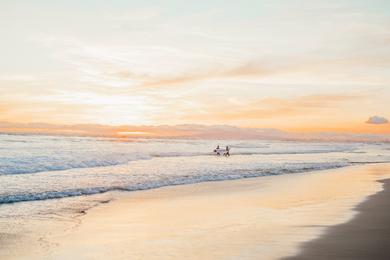
Top LBGTQ Beaches in Alameda, California
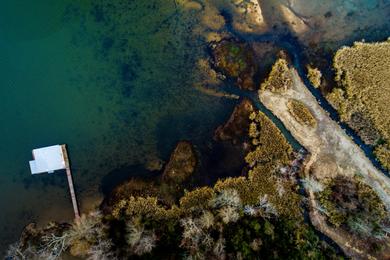
N/A

Top LGBTQ Beaches in Alaska
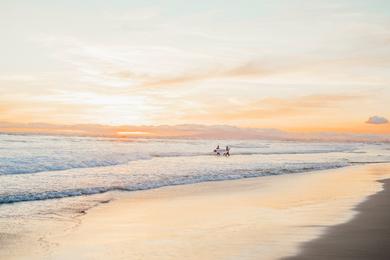
Top LGBTQ Beaches in Albion, California

Top LGBTQ Beaches in Altoona, Florida

Top LGBTQ Beaches in Alys Beach, Florida

Top LGBTQ Beaches in Amelia Island, Florida

Top LGBTQ Beaches in Angels Camp, California

Top LGBTQ Beaches in Anna Maria, Florida

Top LGBTQ beaches in Apollo Beach, Florida

